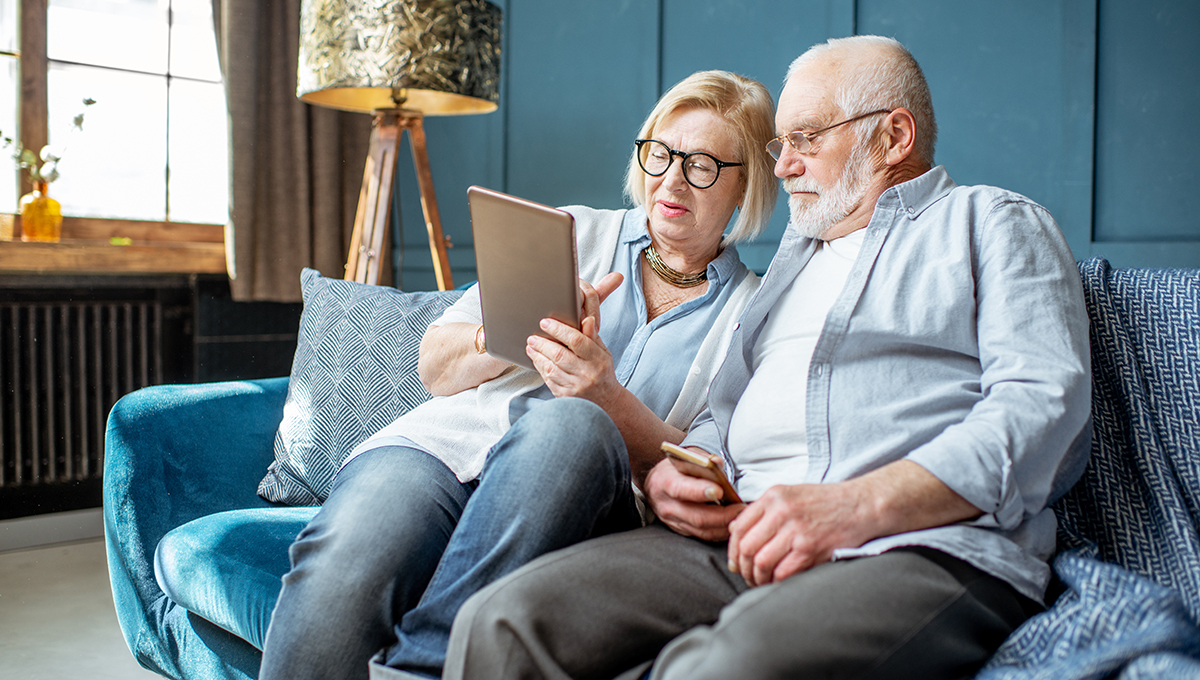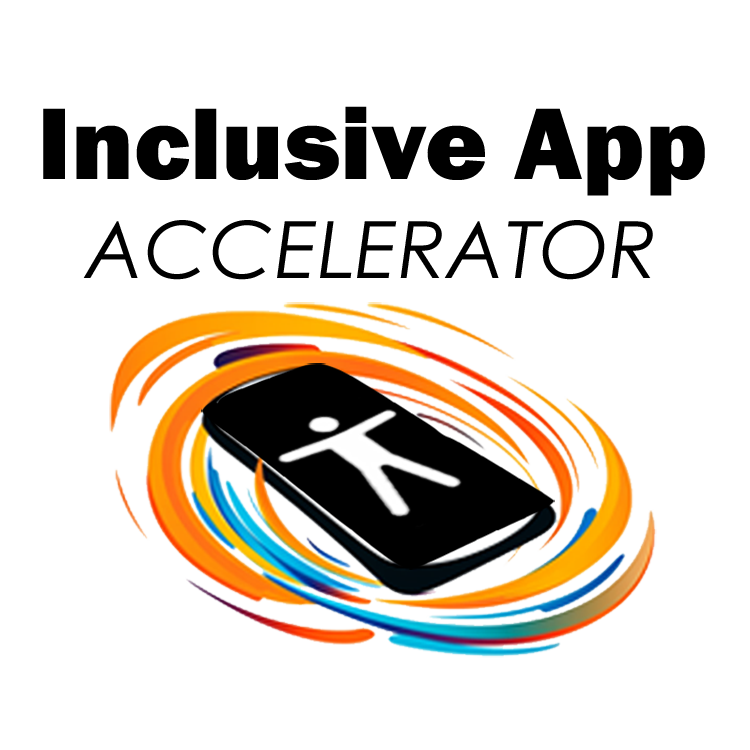Virtual care-enabled cardiac rehab does not improve outcomes

New research shows that using virtual care tools to deliver rehabilitation services at home to older adults with ischemic heart disease did not improve functional outcomes, indicating that age-specific virtual care strategies might be necessary for at-home cardiac rehab.
Published in JAMA Network Open, the study aimed to determine whether cardiac rehab delivered at home using virtual care approaches, including remote patient monitoring (RPM) and weekly telephone calls with an exercise therapist, can improve functional capacity among adults older than 65 with ischemic heart disease. The study authors noted that older adults could benefit significantly from cardiac rehab but face numerous barriers to participation, including physical limitations, transportation challenges and cost.
Thus, researchers from the New York University Langone Medical Center, the University of Oklahoma Health Sciences Center and the University of Massachusetts conducted the Rehabilitation at Home Using Mobile Health in Older Adults After Hospitalization for Ischemic Heart Disease (RESILIENT) trial.
Conducted across five academic hospitals, the trial included patients 65 years or older who had been hospitalized for acute myocardial infarction or coronary revascularization between Jan. 9, 2020, and April 22, 2024. The patients were randomly allocated to an intervention or control arm. The intervention group was instructed to exercise five days a week and received a tablet computer with software to rate their exercise intensity. They also received two Bluetooth-connected RPM devices, an activity monitor and a blood pressure cuff, which remotely transmitted data to their care team. Finally, they received counseling from an exercise therapist via weekly telephone calls.
The study’s primary outcome was the change in functional capacity from baseline to three months measured by a six-minute walk distance (6MWD) test, which refers to the total distance a person can walk in six minutes.
The researchers enrolled 400 patients with a median age of 71. Of the participants, 298 were assigned to the intervention group and 102 to the control group. Over 90% of participants in the intervention group and 83.3% of the control group returned in person for the three-month follow-up for the 6MWD assessment.
The study found no significant improvement in 6MWD among participants in the intervention and control groups. Among subgroups, there was an improvement in 6MWD among women and those who had undergone coronary artery bypass grafting, but the researchers noted that the study was not designed to test for significance within these subgroups. Quality of life, residual angina and disability were also not meaningfully different between the groups.
Further, the study shows that participants in the intervention arm used the app a median of three times per week, achieved a median of 6,157 steps per day and engaged in a median of 10.5 telephone encounters with exercise therapists over the study period. However, 6.4% of participants in the intervention arm were hospitalized during the study period compared with 3.9% of participants in the control arm.
Researchers concluded that the findings indicate that “more age-tailored mHealth [mobile health] strategies may be required to broadly improve functional outcomes for the older adult population.”
Prior research shows that not only do virtual and hybrid cardiac rehab offer similar benefits as in-person services but also that home-based cardiac rehab is preferable to no rehab after cardiac hospitalizations.
A study published in 2023 shows that home-based cardiac rehab significantly lowered veterans’ risk of death after hospitalization for a cardiac issue. For the study, researchers examined data for 1,120 veterans eligible for cardiac rehab at the San Francisco VA Medical Center between August 2013 and December 2018.
They found that the home-based cardiac rehab program participants had a 36% lower risk of death compared to nonparticipants. Additionally, during the follow-up period, 12% of program participants died versus 20% of nonparticipants.
Anuja Vaidya has covered the healthcare industry since 2012. She currently covers the virtual healthcare landscape, including telehealth, remote patient monitoring and digital therapeutics.
link





